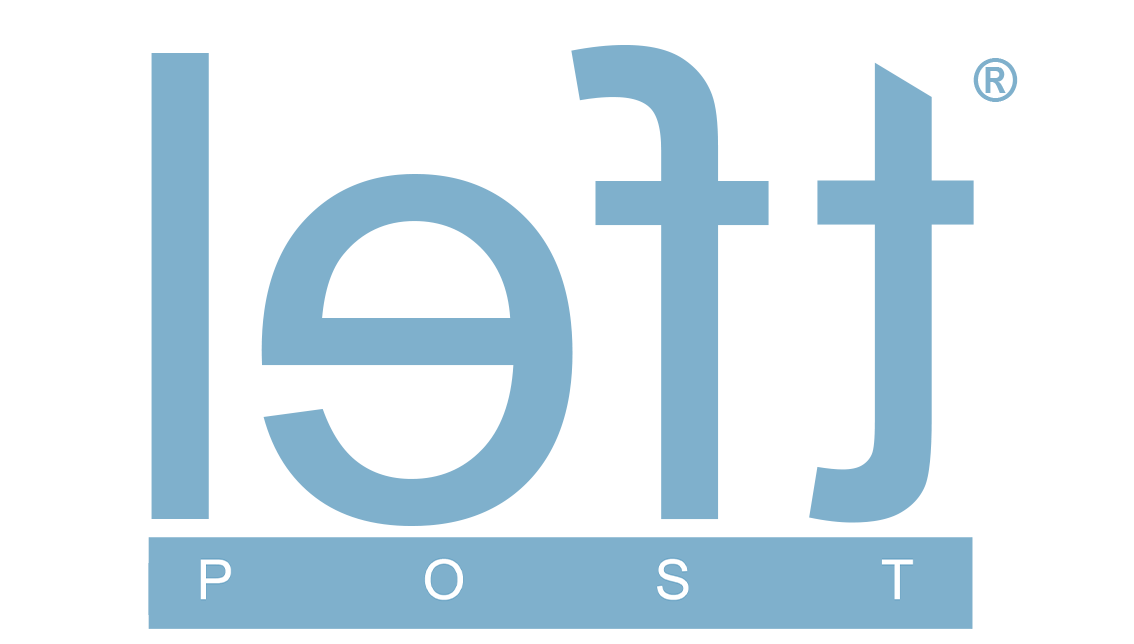TVC Dailies Requirements
FOR SOUTH AFRICAN COMMERCIALS
Timecode & Sync Setup
Primary Reference: All cameras, sound recorders, and smart slates must be jam-synced daily using a reliable timecode generator.
Verification: Check sync at the start and mid-shoot day to avoid drift.
Fallbacks:
If sync fails, use external production audio as the master.
Embedded camera audio should always be captured as a backup reference for sync and drift checks.
2. Slate & Clap
All takes must be properly slated and clapped for redundancy.
Frame rate changes (off-speed shooting, variable FPS, HFR, etc.) must be clearly indicated on the clapper board.
Slates should clearly indicate roll, scene, and take numbers.
Any additional information deemed necessary — such as lens, or LUT applied — should also be noted on the clapper board.
3. Transcoding Standards
Video
Format: QuickTime
Codec: ProRes Proxy
Resolution: 1920x1080 (HD)
Field Order: Progressive
Frame Rate: 25fps (unless specified otherwise in workflow memo)
LUTs:
LUT file must accompany transcodes.
Editorial transcodes must remain flat/clean (no LUT baked in).
LUTs applied only for creative review deliverables when requested.
Audio
Primary Sync: External audio (timecode-based).
Backup: Embedded audio always carried through proxies for safety.
Clearly label all synced audio sources (Boom, Lav, Mix, Scratch).
4. Drive & Media Handling
Delivery Drives: USB-3 /USB-C/ Thunderbolt.
Folder Structure: Organized by shoot day → camera roll → sound roll.
Contact Info: Provide DIT & Sound Engineer details in text file.
Transfer Time: RAW offload requiring storage & return needs 6 hours minimum transfer. Must be pre-arranged with the Post-Producer.
Checksum Verification: All copies verified (MD5/XXHash).
5. End-of-Day Reports
Backup verification complete
Deliverables status (editorial + review)
Missing/corrupt assets flagged
Attached reports (DIT, Camera, Sound, Script, QC)
Notes on sync/timecode or technical issues
6. On-Set Post Requirements.
Provide framing charts during tech prep.
Ensure consistent labeling of cards, drives, and reports.
7. VFX Support Material
Productions must capture clean plates for rig removals, wire cleanups, and background extensions.
For screens (phones, monitors, TVs, etc.), apply tracking markers (e.g., Point Seven dots) to aid in screen replacements.
Capture reference stills/images of the screen with markers and include them in the daily camera reports.
Ensure markers are placed consistently and in a way that doesn’t obstruct key action.
All VFX support material should be clearly labeled and delivered with the dailies package.



